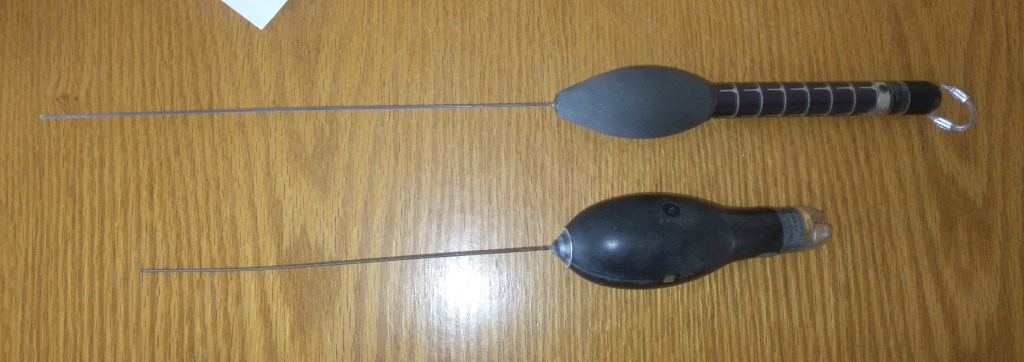WCS Fisheries Ecologist Kevin Fraley and collaborators with the University of Alaska Fairbanks, Native Village of Kotzebue, Alaska Department of Fish and Game, and the US Fish and Wildlife Service worked to catch and tag eighteen adult sheefish through the Kotzebue Sound sea ice with pop-up archival satellite tags (PSAT) in April 2023. This effort is part of the WCS-led “Sheefish Coastal Movements” study, and there is further information on this project at the link here.

These PSAT tags are attached externally to the fish via subcutaneous wires, and ride along the fish’s back until they detach and float to the water surface, where they transmit data to satellites, which can be downloaded by researchers or tag manufacturers for processing and analyses. The tags attached to the sheefish are programmed to detach at three different times: July 2023, September 2023, and June 2024. These detachment times were programmed to maximize the potential success of pop-off and data retrieval.
Data that is collected by the tags includes water temperature, fish depth, light intensity (utilized to calculate rough geolocations when possible), and accelerometry. The goal of the study is to characterize the movement patterns and habitat use of sheefish during coastal movements, which are wholly unknown to science. Additionally, the study aims to assess how the species’ coastal distribution may have changed due to climate change and other factors.

Because local subsistence fishers rely on sheefish for food security and are harvesting these fish through the ice during the spring season, we conducted a community outreach campaign to spread awareness of our tagging project and encourage fishers that happen to capture one of our tagged fish to report the catch to us, and release the fish if possible, so it can continue to contribute to study data. Guided by our local partners with the Native Village of Kotzebue and the US Fish and Wildlife Service, we distributed informational flyers (photo above) throughout Kotzebue and on social media. Additionally, WCS fisheries ecologist Kevin Fraley recorded an interview and PSA about the project at the local radio station (KOTZ). Finally, an article about the project will be published in the regional newspaper, the Arctic Sounder.

Despite unseasonably cold weather on some days (-20 F), the use of a pop-up ice fishing tent and portable propane heater allowed us to catch and tag sheefish comfortably, and without exposing the fish to frost damage. Locals were out on the ice fishing alongside us and were very friendly and interested in what we were up to. We assisted some kids and elders with chipping out ice holes and landing their catches, while they helped us by offering advice on fishing locations and tackle.

It will be interesting to see how far these tagged fish travel up and down the coast, and what habitats they use, over the next several years as we receive data from detached tags. Because of the expense of these tags, our sample size is fairly low, and we are seeking additional funds to deploy another series of tags in the future.
We’d like to thank the stellar people of Kotzebue, and our local partners, for their help and their welcoming nature during our visit!

Leave a comment